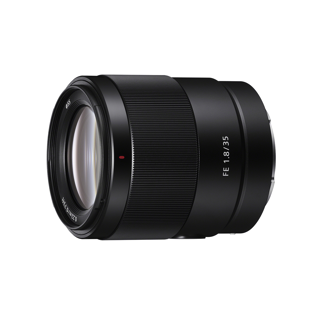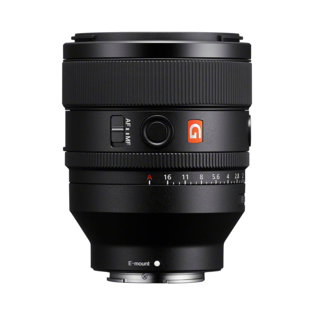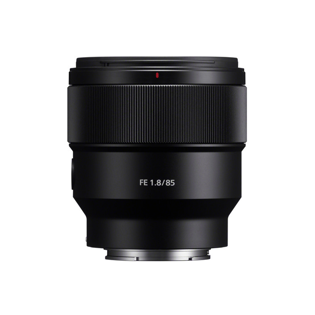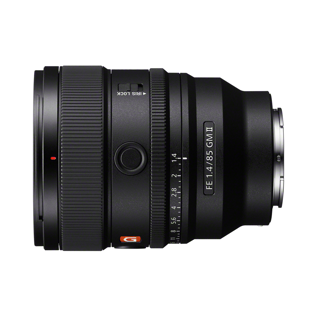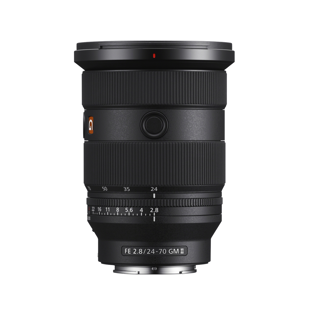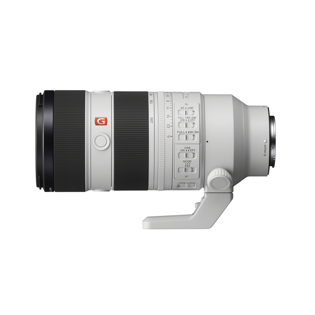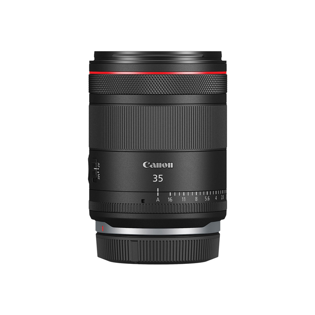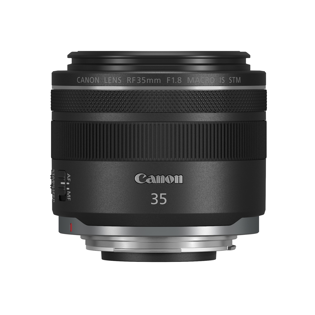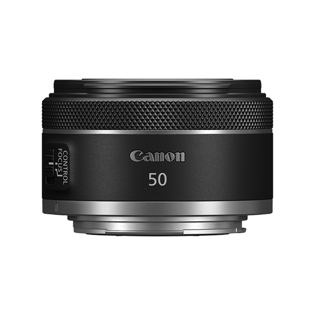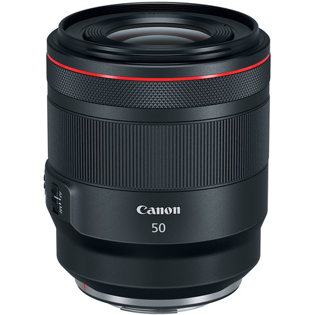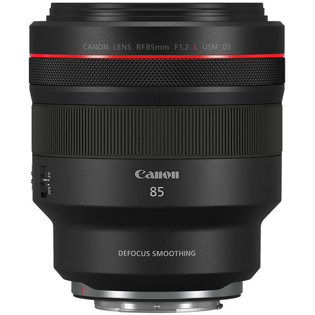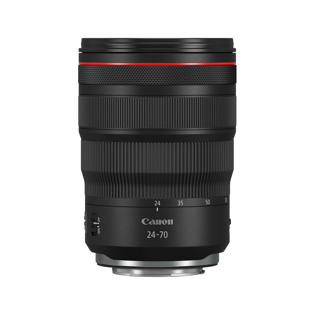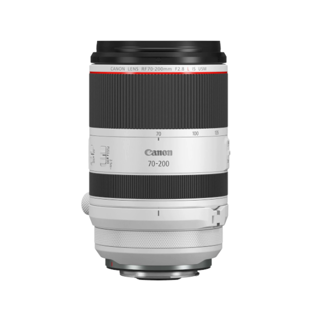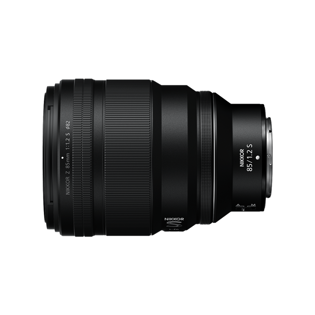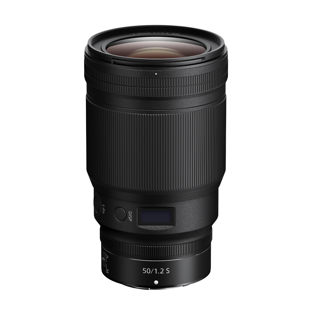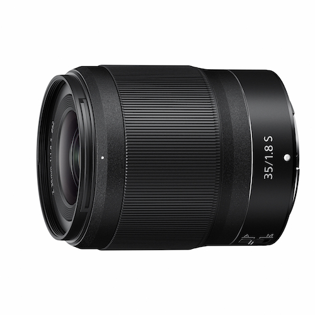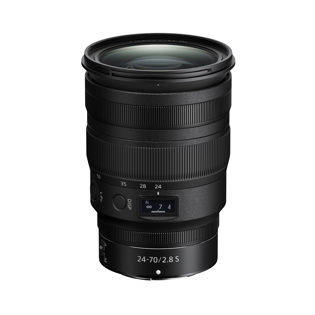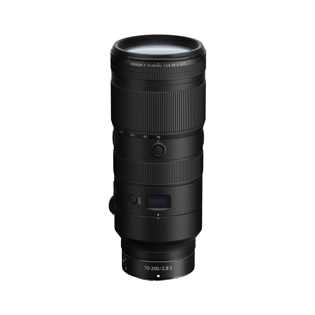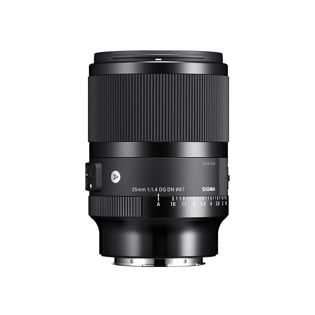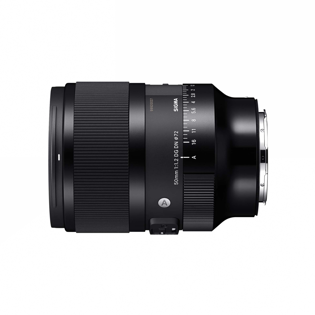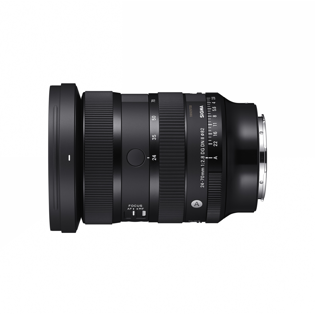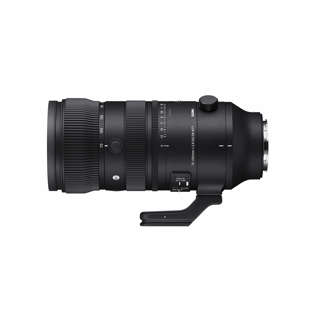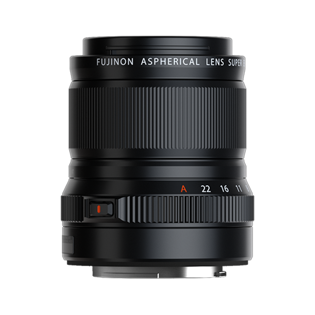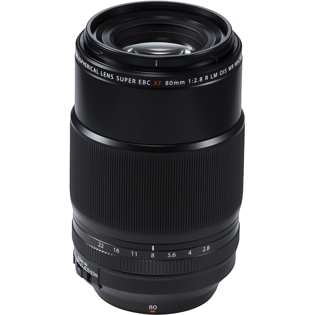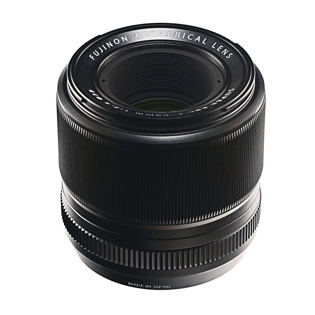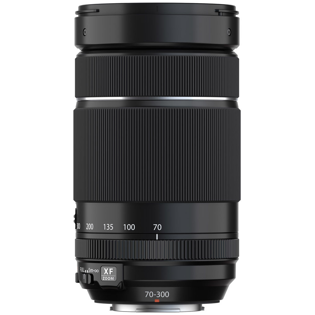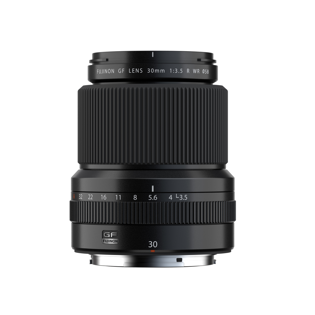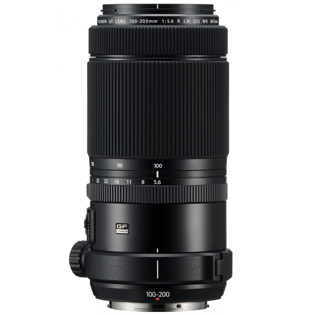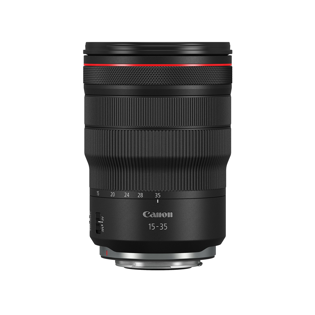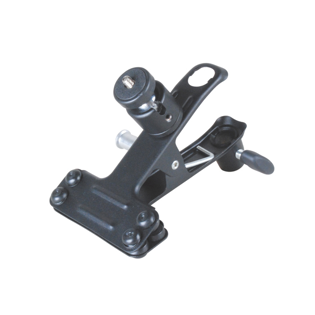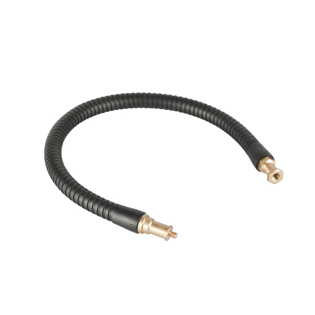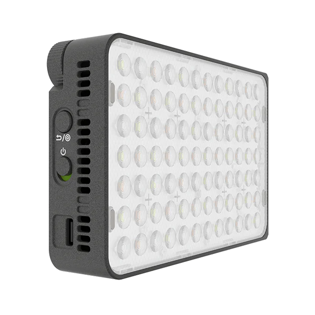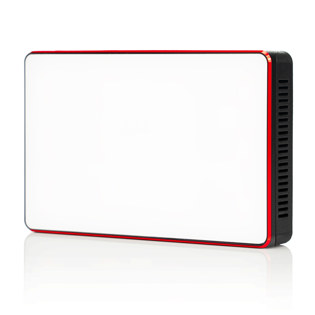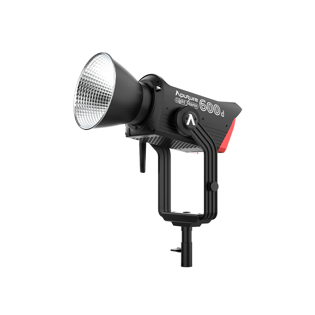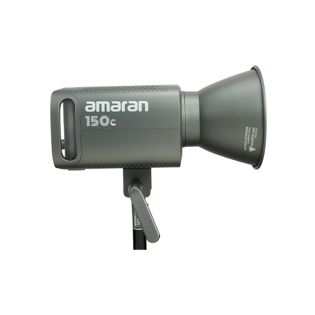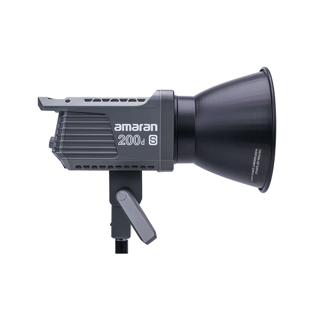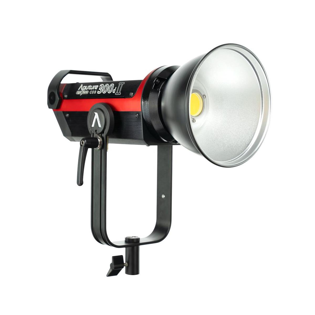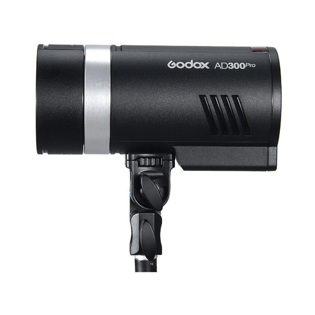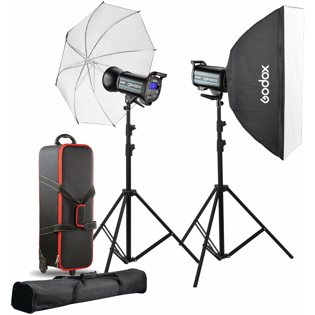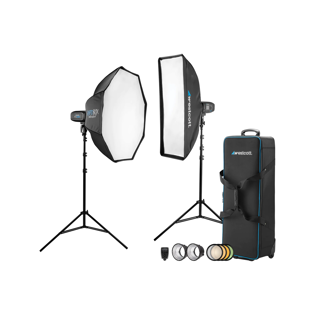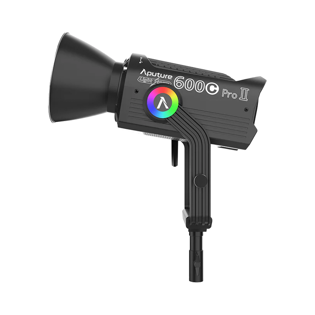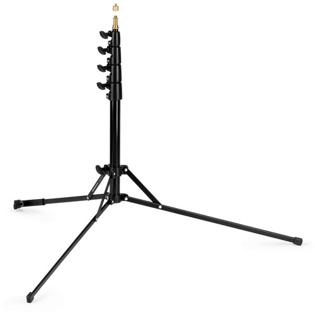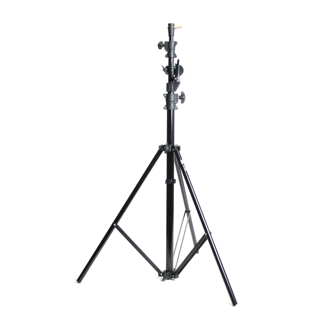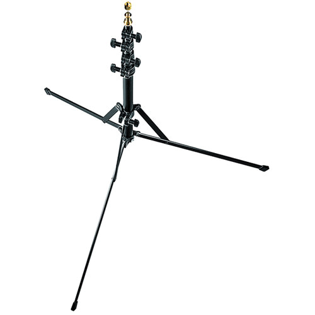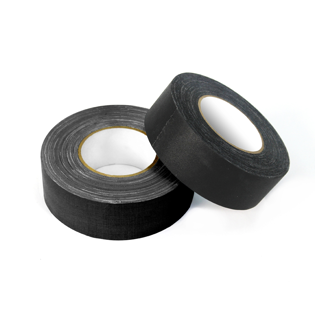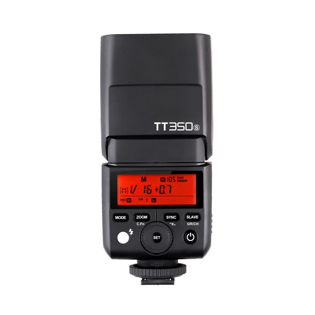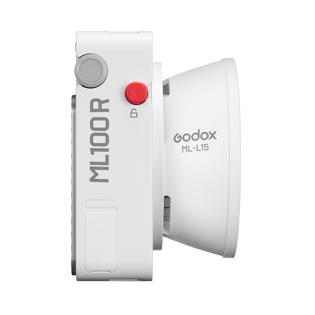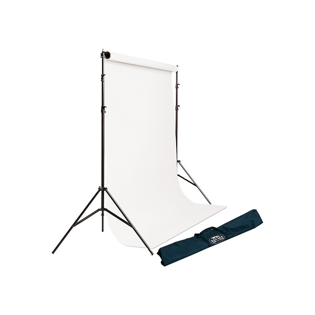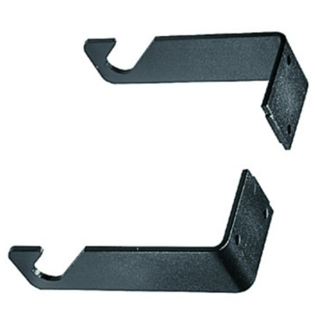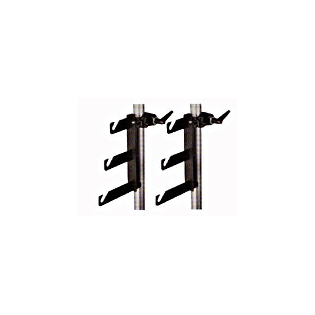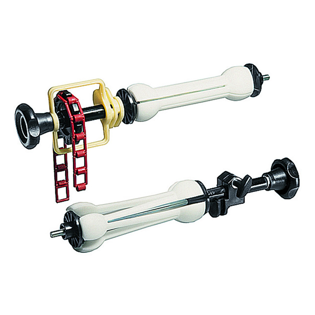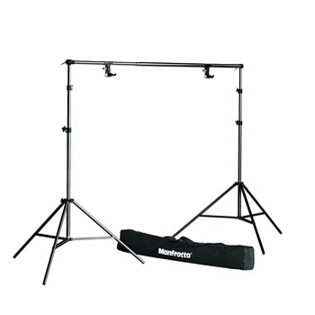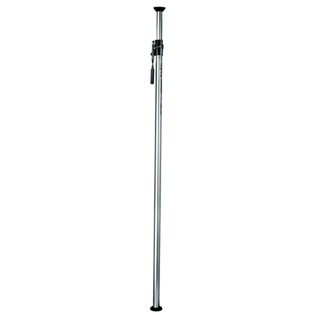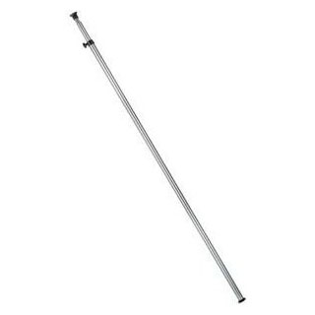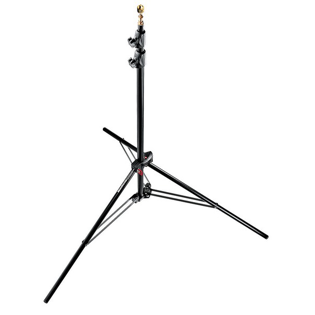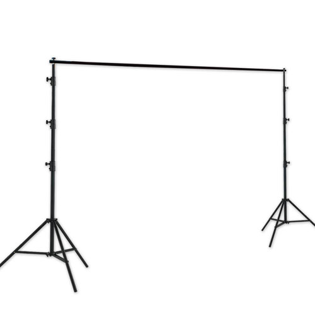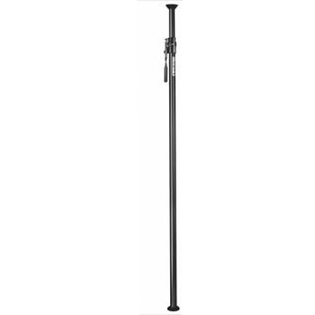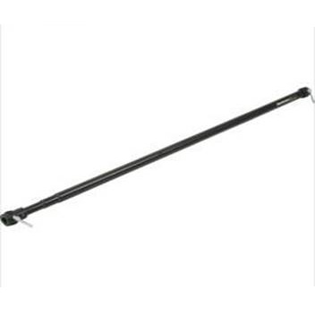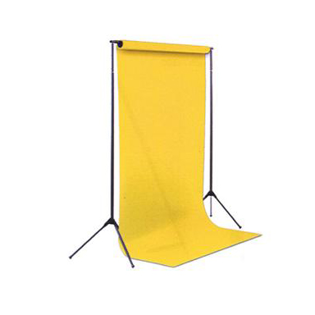Portrait Photography: Tips & Gear
Grab your camera, angle the lights and get ready to craft and capture engaging photos of your subjects with the essential gear, techniques and tips to help you elevate your portrait photos and video shots.
What is Portrait Photography?
Portrait photography captures intimate portrayals of a subject, be they battle-hardened CEO or blissfully unaware bundled-up babe in a basket. It captures the essence of who that person is, in that moment, often employing a variety of lighting techniques to create atmosphere and highlight some details while smoothing over or hiding others. That’s what we’re after – that moment of captured emotion and being, whether it’s a corporate headshot that conveys a solid, reliable, and forward-thinking individual or a carefully planned and artistically captured fashion photo that exudes movement and grace.

Use of natural-looking light, dark shadows and steam add to the mystery of this chefs art. This photo captures his concentration and passion for his craft.
Photo by Cottonbro Studio

Effective use of lighting provides contrast and triggers an emotional response, highlighting textures and details, especially in monochromatic portrait photos.
Photo by Leroy Skalstad

Portraits are often posed, planned, and carefully executed – the degree to which is up to the photographer and the clients to decide upon.
Photo by Migs Reyes
What kind of camera do you need for portrait photography?
You can honestly shoot a portrait with almost any camera, but DSLRs, mirrorless and cinema cameras are best and offer the most flexibility and opportunity for awesome shots. Especially if you’ll be shooting a combination of stills and video, such as interviews or wedding clips.
Corporate Headshot Photos
Look for a large sensor. A camera with a large sensor will provide higher image quality (and greater depth of field for beautiful bokeh) with higher resolution, less noise, great low-light performance, and increased dynamic range by capturing more light. All are essential when capturing portraits with subtle lighting gradations, high levels of detail, and textures. It will also give you room to crop images and still maintain high quality photos for prints. Full-frame sensors are preferred by portrait photographers, but an APS-C or Micro four-thirds camera paired with the right lens will also produce great results.
You’ll also want to look for a built-in viewfinder, image stabilization, and face and eye-detection. A combination of these features will help you stabilize your shots when shooting handheld.
Choose a camera that’s comfortable to hold (try them out in our stores) and has well-placed controls so you can quickly and easily access settings without having to dig into menus on the LCD screen.
Cameras for Portraiture
The Best Lenses for Portraits
Sharp, lightweight, and easy-to-use lenses will help you take your portrait photos to the next level. If you already have a camera with a respectable sensor, upgrading your glass is the next step to improving your photos and videos. Lenses with lower f-stops, from F1.8 to F2.8 are preferable. They’ll let in more light, allowing you to blur the background and make your subject stand out for pro-looking images. Prime lenses are most often used for portrait photography, but not exclusively.
Prime Lenses
With a fixed focal length, the sharpness and low-light capabilities of prime lenses make them well-suited for this type of photography. 35mm, 50mm, 85mm and 135mm are commonly used.
Zoom Lenses
They may not be as sharp as a prime lens in general but zoom lenses will give you more room to play by providing you with a bit more space between you and your subject. A 70-200mm zoom lens is a great option.
Portrait Lenses
Lighting Gear and Accessories
Using a hard and soft light, or a combination of both, will add drama, ambience, and texture to your portrait photos. Effective lighting is key to successfully capturing portraits.
Let’s look at how, when, and why you would need certain types of gear to achieve a certain look.
Hard Light vs. Soft Light in Portraits
Portrait photography uses lighting to great effect. Hard light is dramatic, with little transition from a lit area to dark and, in many cases, often replicates the sun. It can produce a cool, very dramatic, gritty image, revealing details such as creases and wrinkles. It can also be used to conceal features that you want to draw less attention to.
Soft light is less intimidating and more kind. It can also be good for hiding flaws, but in a different way compared to hard light. With soft light, you remove some of the details, smoothing wrinkles, and soften edges. Soft light is very popular in headshot photography.
“The larger the light source, the softer the light.”
@heyashleyboring from Westcott guides you through the art of portrait lighting in “Easy Portrait Lighting Setups with One, Two, and Three Lights.”

When to Use Hard Light
- To create drama
- Hide a flaw within the shadows
- Highlight textures
- Replicate the sun
- Replicate other light sources

When to Use Soft Light
- To create a soft falloff
- Minimize hard shadows on location
- Hide wrinkles
- Replicates low light
Quick Tip
Position ring lights and other lights so they’re mounted above a subject who wears glasses. This eliminates the reflection of the light in their glasses, which can be very distracting.
Quick Tip
Working at a desk? Add a Cameron large clamp and a heavy-duty bendy arm to attach the light (and your phone) to your desk to free up desk space.
Lighting Gear for Portraits
Portrait Lighting Techniques
There are many techniques you can use for lighting your portraits include Butterfly lighting and Rembrandt lighting.
Butterfly Lighting
Chris from Profoto walks through how and when to use this popular lighting technique and shows you just how to do it.
Rembrandt Lighting
Glyn Dewis explains how to set up your lighting to achieve this lighting technique.
Light Modifiers
There are several tools available to help you shape and control your lighting, including reflectors, umbrellas, grids, and snoots. Learn about each and how you use them in Get to Know Your Light Modifiers.
Shop Light Modifiers
Backdrops
The addition of a backdrop to your studio will help you offer your clients nicer photos. Having a choice of backdrops available lets you or your client pick which works best for their photo shoot. Henry’s carries two types of backdrops: Muslin and Paper.
Muslin vs. Paper
Muslin is a durable, lightweight, and versatile non-reflective cotton fabric that’s easy to clean. It’s popular in photography studios and theatre productions for creating backdrops and special effects. It comes in a variety of solid colours and air-brushed, hand-painted, mottled, and textured designs. They’re a simple and easy way to quickly add ambience to your photos.
Seamless paper backdrops create smooth and even backgrounds that are perfect for corporate photos, commercial photography, and product photography, among other uses. They’re made of high-quality, non-reflective smooth paper and come in a long role. They can be solid colours or printed backgrounds like bricks, wood, or geometric and other patterns or themes. It’s best to use seamless paper backdrops on hard, smooth flooring. It can be torn or crinkled when stepped on if you’re working on carpet, for example. For more information, Savage has some excellent tips for using and working with seamless paper backdrops.

Background support
You need sturdy and reliable support for not just displaying and working with backdrops but storing them as well.
Quick Tip
It’s best not to lay your seamless paper backdrops on their side. After a while, the weight of a paper role on its side will warp the inner cardboard tube, causing waves in the paper and ruining your backdrop.

Got Questions?
Contact our Customer Service team using Online Chat, they’ll be happy to help.
Handy Accessories for Portrait Photography
Tools and bits and pieces that will make your life easier:
Learn More About Portrait Photography
Portrait Photography is a favourite subject for many photographers at every skill level. Deciding on what type of portrait photo you want to shoot, what message you want to convey, will lead you to determine the setup you want and the gear you’ll need. Henry’s can help you select the right gear and accessories to help you achieve shots you, your family, and your clients will be happy with.
3 Tips for Better Portrait Photography
Tips for choosing a camera, working with light, and posing your subjects. Watch the video

Environmental Portraiture
Use the atmosphere and objects around your subject to tell their story. Read the article.
Shop at Henry's
Trade It, Upgrade It
Trade in your old gear for something new!
Find out more about Henry’s Trade-in program
Extended Warranty
Keep your gear safe! Henry’s offers 2 or 3-year extended warranties on cameras and lenses.
Find out more





